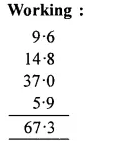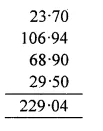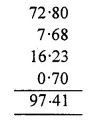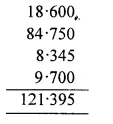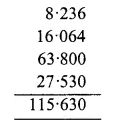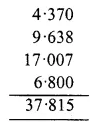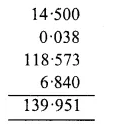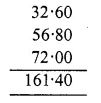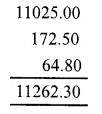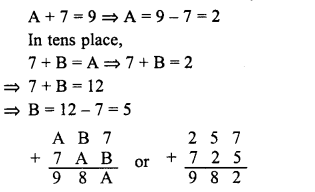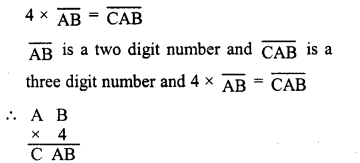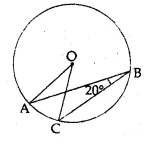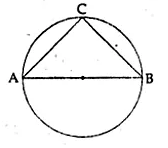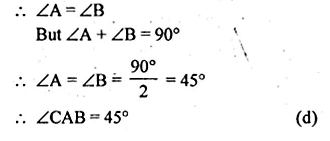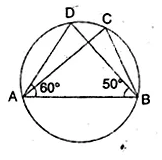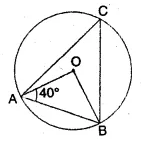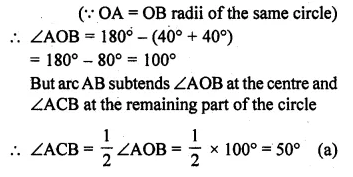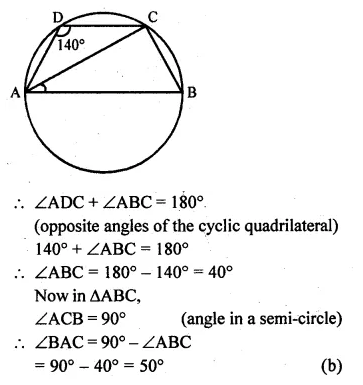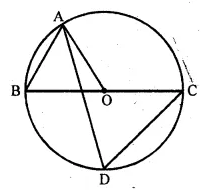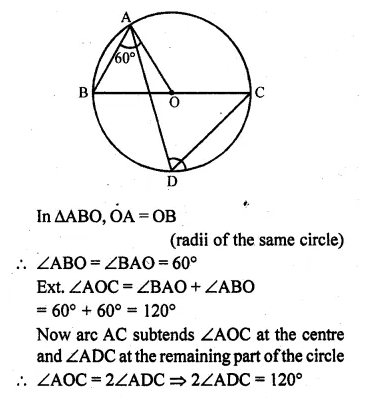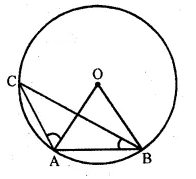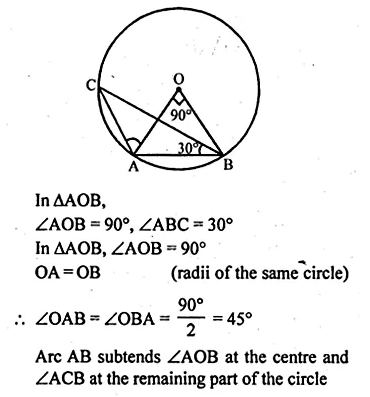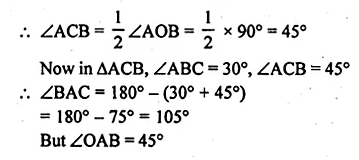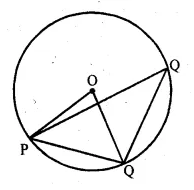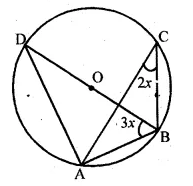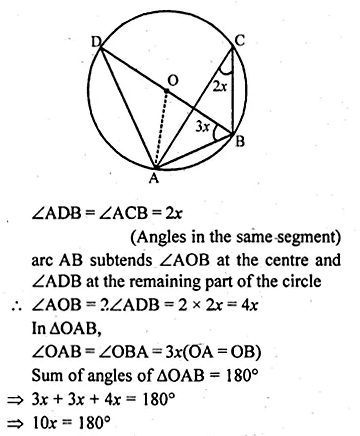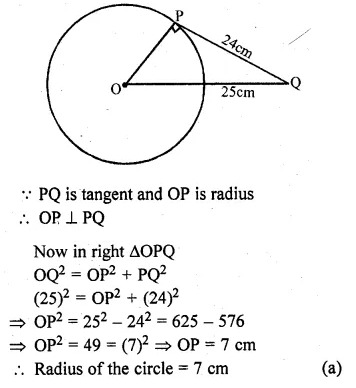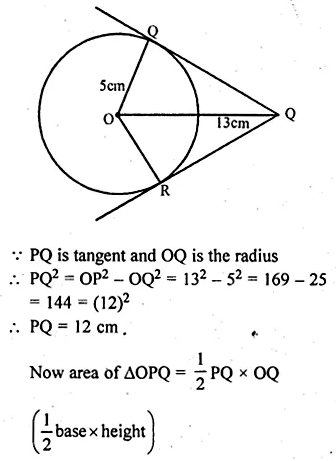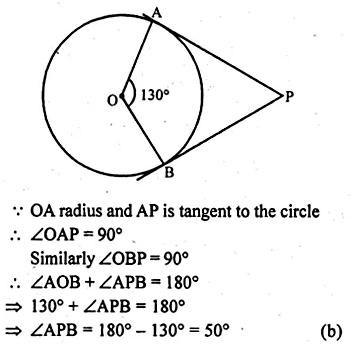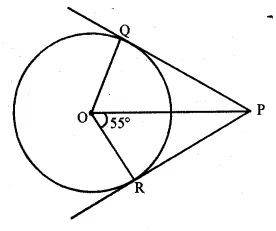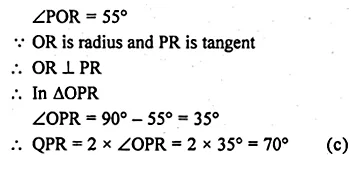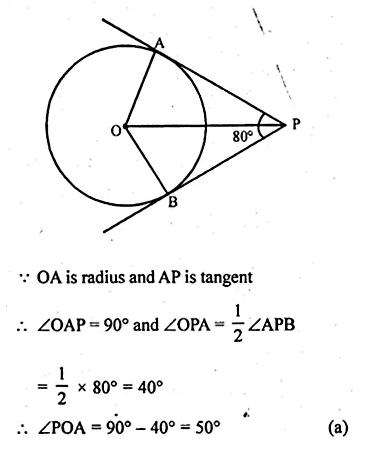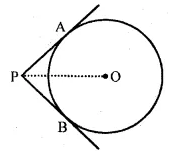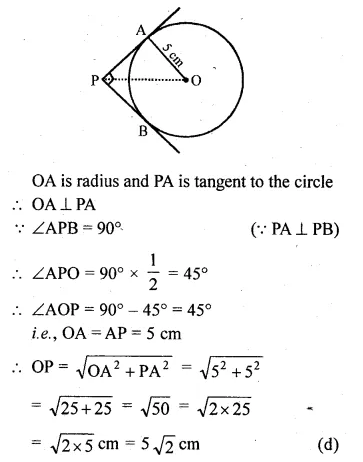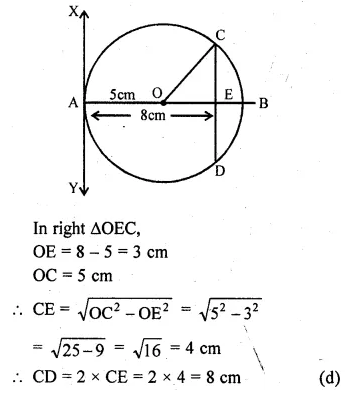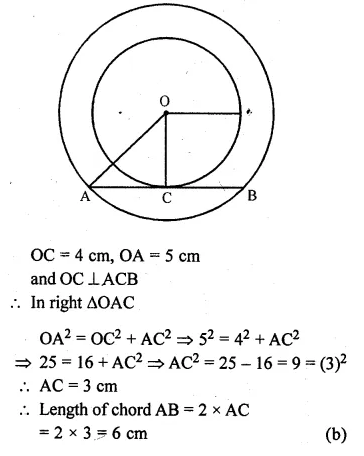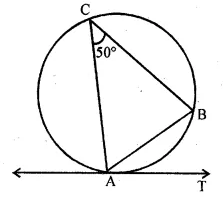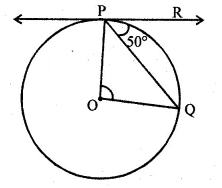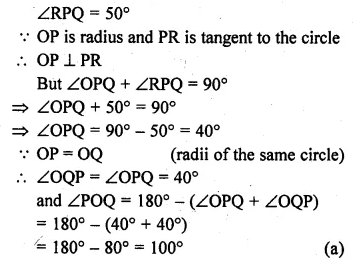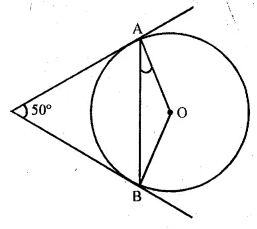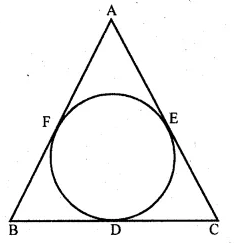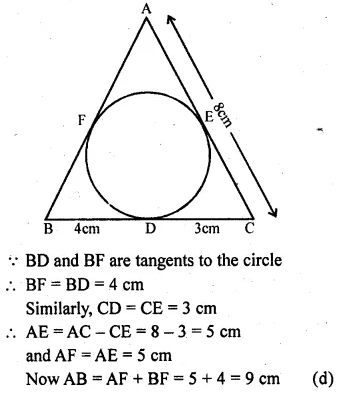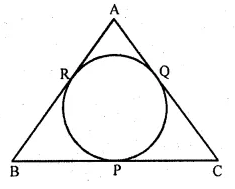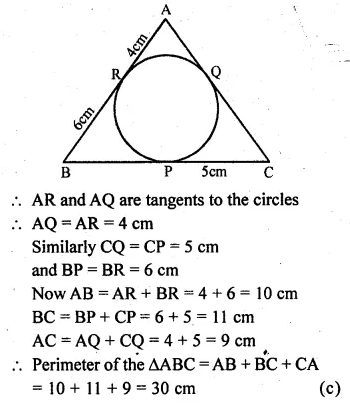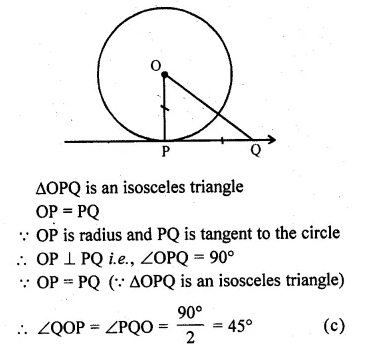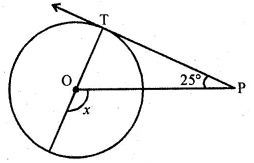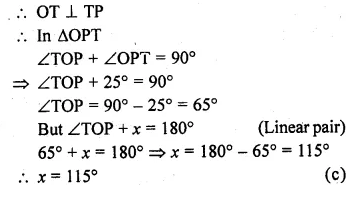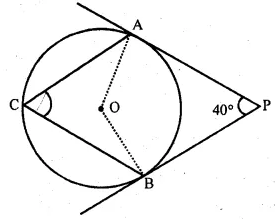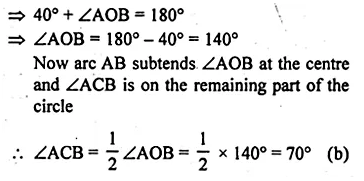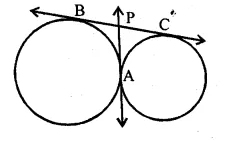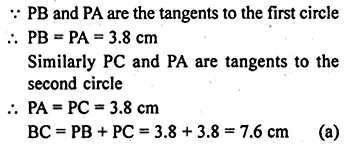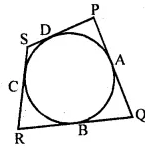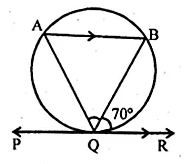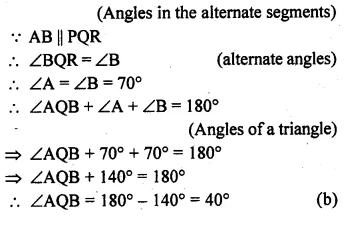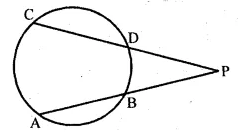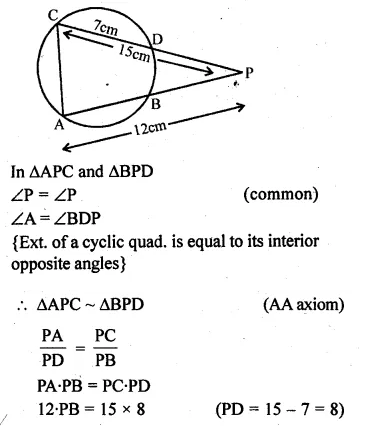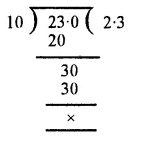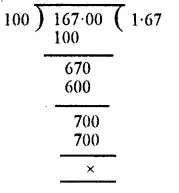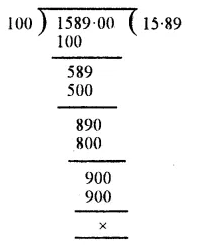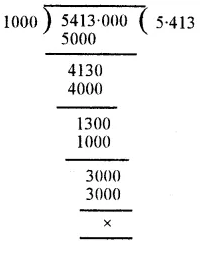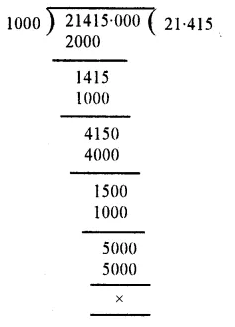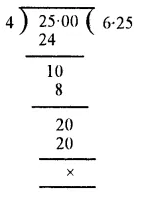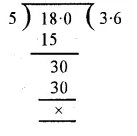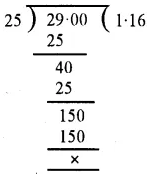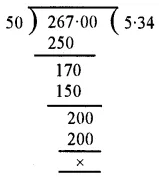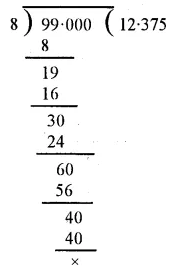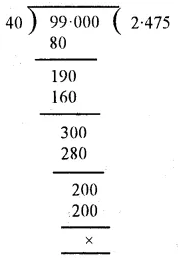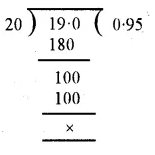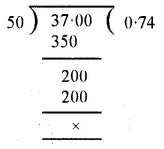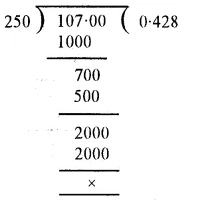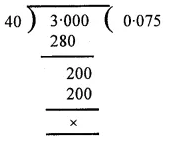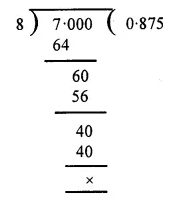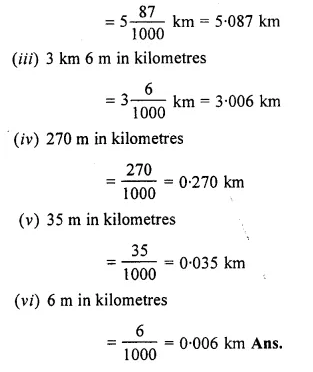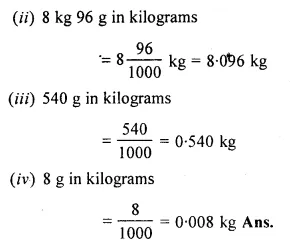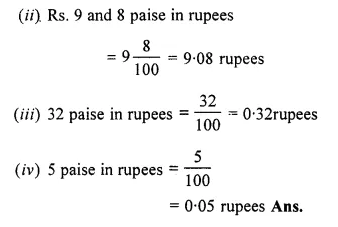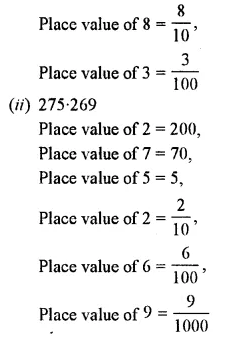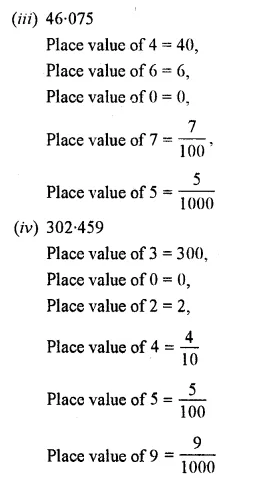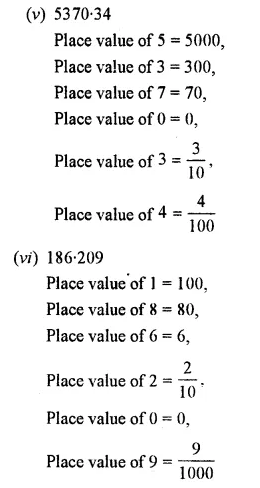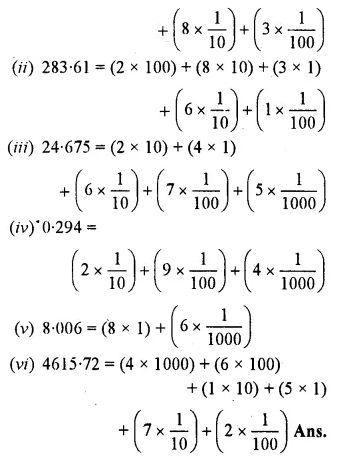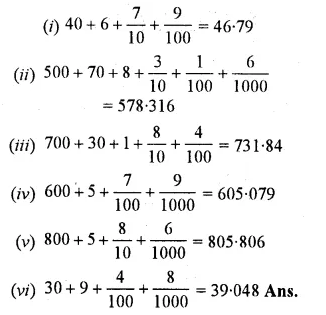RD Sharma Class 8 Solutions Chapter 6 Algebraic Expressions and Identities Ex 6.1
These Solutions are part of RD Sharma Class 8 Solutions. Here we have given RD Sharma Class 8 Solutions Chapter 6 Algebraic Expressions and Identities Ex 6.1
Other Exercises
- RD Sharma Class 8 Solutions Chapter 6 Algebraic Expressions and Identities Ex 6.1
- RD Sharma Class 8 Solutions Chapter 6 Algebraic Expressions and Identities Ex 6.2
- RD Sharma Class 8 Solutions Chapter 6 Algebraic Expressions and Identities Ex 6.3
- RD Sharma Class 8 Solutions Chapter 6 Algebraic Expressions and Identities Ex 6.4
- RD Sharma Class 8 Solutions Chapter 6 Algebraic Expressions and Identities Ex 6.5
- RD Sharma Class 8 Solutions Chapter 6 Algebraic Expressions and Identities Ex 6.6
- RD Sharma Class 8 Solutions Chapter 6 Algebraic Expressions and Identities Ex 6.7
Question 1.
Identify the terms, their co-efficients for each of the following expressions.
(i) 7x2yz – 5xy
(ii) x2 + x + 1
(iii)3x2y2 – 5x2y2 + z2 + z2
(iv) 9 – ab + be-ca
(v) \(\frac { a }{ 2 } +\frac { b }{ 2 }\)-ab
(vi)2x – 0.3xy + 0.5y
Solution:
(i) Co-efficient of 7x2yz = 7
co-efficient of -5xy = -5
(ii) Co-efficient of x1 = 1
co-efficient of x = 1
co-efficient of 1 = 1
(iii) Co-efficient of 3x2_y2 = 3
co-efficient of -5x2y2z2 = -5
co-efficient of z2 – 1
(iv) Co-efficient of 9 = 9
co-efficient of -ab = -1
co-efficient of be = 1
co-efficient of -ca = -1
(v) Co-efficient of \(\frac { a }{ 2 } =\frac { 1 }{ 2 }\)
Co-efficient of \(\frac { b }{ 2 } =\frac { 1 }{ 2 }\)
co-efficient of -ab = -1
(vi) co-efficient of 0.2x = 0.2
co-efficient of-0.3xy = -0.3
co-efficient of 0.5y = 0.5
Question 2.
Classify the following polynomials as monomials, binomials, trinomials. Which polynomials do not fit in any category ?
(i) x+y
(ii) 1000
(iii) x + x2 + x3 + x4
(iv) 7 + a + 5b
(v) 2b – 3 b2
(vi) 2y – 3y2 +4y3
(vii) 5x – 4y + 3x
(viii) 4a – 15a2
(ix) xy+yz + zt + tx
(x) pqr
(xi) p2q + pq2
(xii) 2p + 2 q
Solution:
Monomials are (ii), (x)
Binomials are (i), (v), (viii), (xi), (xii)
Trinomials are (iv), (vi) and (vii)
None of these are (iii) and (ix)
Hope given RD Sharma Class 8 Solutions Chapter 6 Algebraic Expressions and Identities Ex 6.1 are helpful to complete your math homework.
If you have any doubts, please comment below. Learn Insta try to provide online math tutoring for you.

